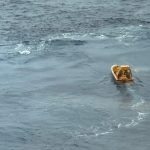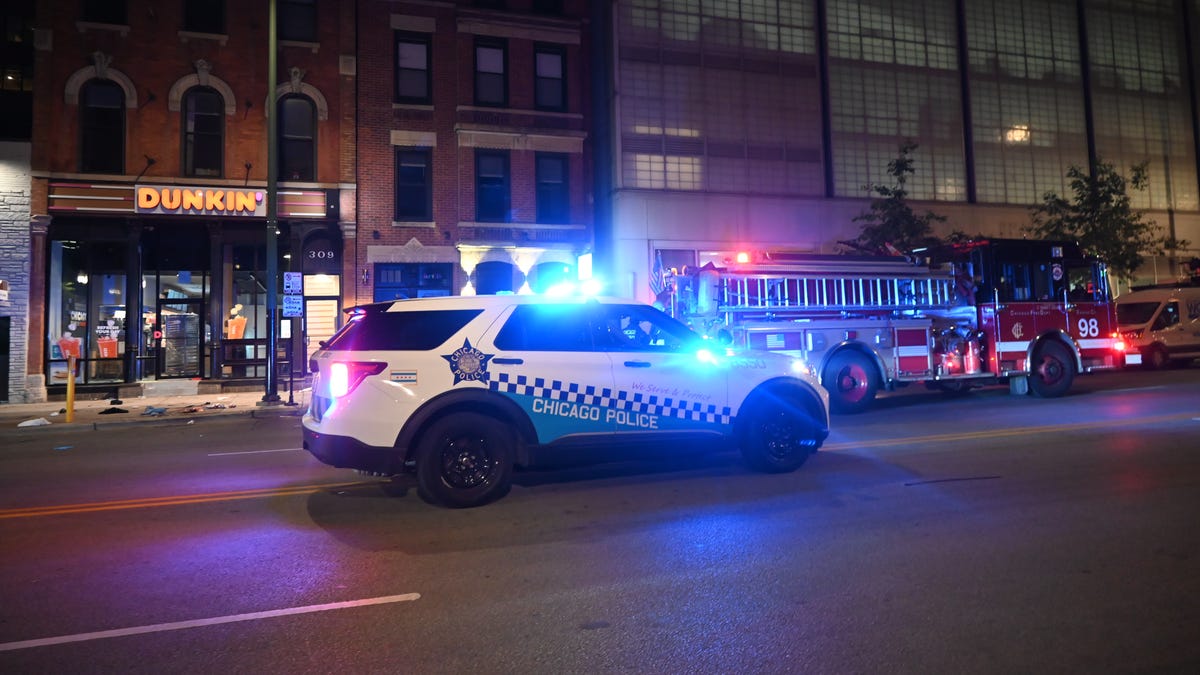Federal agents found the shipment of drugs among a cargo load of cucumbers. The seizure is the latest instance of traffickers using fresh fruits and vegetables to move drugs.

Drug smuggling tunnel linking Tijuana to San Diego found
U.S. Border Patrol agents recently discovered and disabled a nearly 3,000-foot-long narcotics smuggling tunnel sitting beneath the US-Mexico border.
Fox – 10 Phoenix
Cucumber. Jalapeño. Cheese. Onion. Avocado. It sounds like a delicious spicy salad.
But they’re actually the ingredients of drug smuggling. Federal prosecutors say an arrest in Georgia of men charged with trying to ship 700 pounds of meth inside a tractor-trailer packed with cucumbers is the latest case of accused smugglers cooking up a scheme to hide their illegal main course.
Andres Jasso Jr., 37, and Rufino Pineda-Perez, 59, were arrested in Gainesville, Georgia, after federal agents discovered they were hiding thousands of packages of drugs among 20 pallet boxes containing cucumbers, federal officials announced July 2.
“Thanks to the diligent work of our federal and state law enforcement partners, a tremendous amount of meticulously concealed methamphetamine was located, was seized, and will never hit the street,” said Theodore S. Hertzberg, the U.S. attorney for the Northern District of Georgia. “Our office will aggressively prosecute criminals who attempt to use North Georgia as a distribution hub for their deadly poisons.”
Cukes are one of just many fresh vegetables smugglers use to move hundreds of pounds of drugs, according to a review of cases by USA TODAY. Law enforcement has uncovered everything from cocaine hidden among bananas to heroin stashed among pungent shipments of garlic and onions.
Experts say smugglers see hiding drugs amid fresh fruits and vegetables as one of the best ways to slip past customs agents.
“It’s very common to smuggle drugs by concealing them in produce shipments,” said Mike LaSusa, a deputy director at InSight Crime, a think tank focused on drug cartels. “Because produce spoils quickly and damages easily, customs and law enforcement have to inspect it both quickly and carefully, which makes it hard to do a thorough job.”
The federal case in Georgia
Videos of the bust shared by the Drug Enforcement Administration show a neatly packaged operation.
The tractor-trailer is full of plastic-wrapped cardboard boxes containing loads of cucumbers. But in breaking apart the boxes, federal agents reveal four packets of drugs are hidden within the folded cardboard, videos show.
Jasso and Pineda-Perez were discovered at the scene in a Kia Optima sedan parked next to the tractor trailer, federal court documents say. Their role in the operation was to unload the pallet boxes and remove the drugs from among the cucumbers, court papers say.
Someone else was supposed to then pick up the hundreds of pounds of drugs, according to court papers.
Pineda-Perez is a Mexican national with no legal status in the U.S., officials say. According to the Department of Justice, he was previously deported in 2001 for transporting marijuana and was deported a second time after being sentenced in 2015 to over six years in prison for transporting cocaine.
Jasso is from Brookhaven, Georgia, according to the U.S. attorney’s office.
Why are fruits and veggies so popular — among traffickers
Research by drug trafficking experts shows fresh fruit and vegetables are a smuggler’s dish of choice for several reasons.
Fresh produce is chosen because so much of it is moving between ports that authorities can’t properly inspect it all, an analysis from 2019 by InSight Crime shows.
Produce also spoils so quickly that customs officials are incentivized to perform their inspections quickly, analysis shows.
Finally, produce is so cheap that the profits from the drugs compared to the loss of the produce are especially high, according to InSight.
An entire shipment of bananas costs about 60% of the cost of a kilogram of cocaine, according to the 2019 analysis.
InSight found that smuggling drugs amid produce shipments had become so common that some authorities began instead to go after fruit shipping companies suspected of being fronts for drug traffickers.
Smuggling recipe substitutions
News reports and analysis show that smugglers chose a range of fruits and vegetables to move drugs.
Police in 2024 found 1.7 tons of cocaine hidden among a shipment of avocados in Colombia, according to reporting by ABC News. The drugs were bound for Portugal.
Authorities in the Dominican Republic last December performed what was then the biggest drug bust in the country’s history when they discovered 9.5 tons of cocaine in a shipment of bananas, the Guardian reported. The drugs were also bound for Europe.
Heroin, marijuana, meth and cocaine have also been found among shipments of celery, cheese, jalapeño, and ginger.
Authorities at the U.S.-Mexico border discovered 18 pounds of cocaine hidden within four cheese wheels after performing X-ray scans of the dairy product.
The cheese smuggling method, according to Food & Wine, is more common in Italy where authorities have found hundreds of pounds of cocaine in everything from wheels of Parmigiano-Reggiano cheese to Grana Padano.








